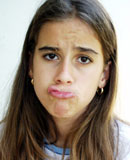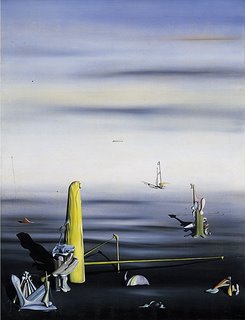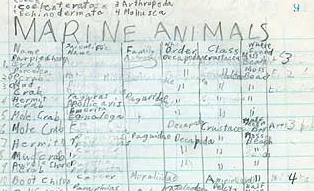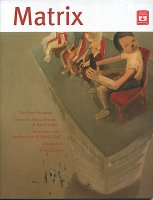Recommended Museums
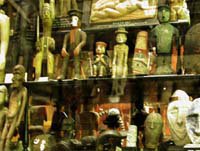
The ideal museum would be a comprehensive collection of dioramas, art, antiquities, natural history items, anthropological artifacts, medical preparations, mechanical wonders, and curiosities of all kinds, including items of questionable authenticity. These would all be piled floor to ceiling, room after room, wonder upon wonder. A new annotated museum guide has been added to the Zymoglyphic Museum Web site. It lists museums and similar institutions in Europe and on the American coasts where elements of this ideal museum may be found. Shown here is the Pitt Rivers Museum in Oxford, England.
Readers are welcome to nominate other institutions for inclusion on this list.
-- The Museum Staff
